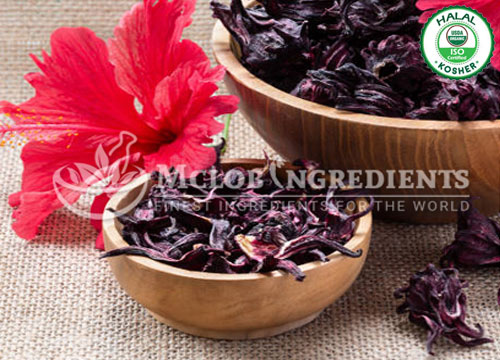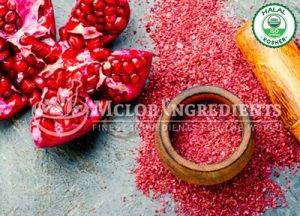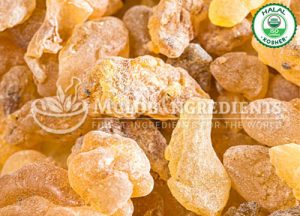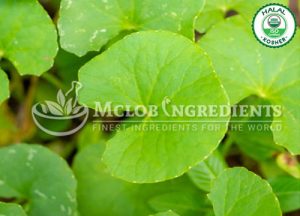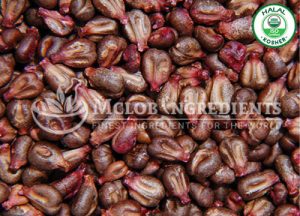Hibiscus rosa-Sinensis is an evergreen, bushy shrub or small tree. they grow 2.5–5 m tall and 1.5–3 m wide. They have glossy leaves and solitary, brilliant red flowers in summer and autumn. The five-petaled flowers are 10 cm in diameter and with prominent orange-tipped red anthers. Cultivars and hybrids have flowers in a variety of colors as well as red, white pink, orange, yellow, peach, and purple. Some have double flowers.
Benefits:
Hibiscus is used for treating loss of appetite, upper respiratory tract pain, heart and nerve diseases, inflammation, stomach irritation, fluid retention, colds, and disorders of circulation. It is used for dissolving phlegm; as a gentle laxative and as a diuretic to increase urine output.
Side effects:
Hibiscus may cause blood pressure to be low. It has also caused dermatitis, nausea, headache, and ringing in the ear. Risks. Avoid hibiscus from people who are allergic or sensitive to it or members of the Malvaceae plant family.
Precautions & Warnings:
- Hibiscus might decrease blood sugar levels.
- Hibiscus might lower blood pressure.
- During and after surgery, Hibiscus might affect blood sugar levels, making blood sugar control difficult.
Interaction:
Do not use the following combination:
- Interaction of Chloroquine with hibiscus . hibiscus might reduce the effectiveness of chloroquine which is used for the treatment or prevention of malaria.
- Antidiabetes drugs Interaction with hibiscus.



